Nostalgia on Tuesday: The price of coal
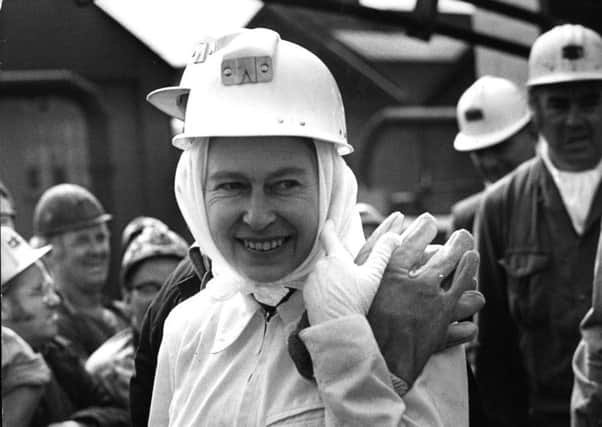

Dalton Main Collieries Ltd began sinking Silverwood Colliery (originally known as Dalton Main) in April 1900. The shafts, 21 feet in diameter, reached the Barnsley Seam at a depth of 740 yards in December, 1903.
King George V and Queen Mary visited Silverwood on Tuesday July 9 1912. During the visit the Queen had a ride on a railway trolley belonging to the Midland Railway. Later that day they learned of the Cadeby Colliery disaster and drove there to visit the scene.
Advertisement
Hide AdAdvertisement
Hide AdThe Barnsley seam provided most of the output at Silverwood until the Melton field was developed in 1952. Large housing estates were built to cater for the flow of miners into the area. Over nine years from 1953, Silverwood saw major redevelopments, including a new pit bottom in the Barnsley seam, the introduction of new locomotives and mine cars and the upgrading of other facilities. The cost of the work was about £3m.
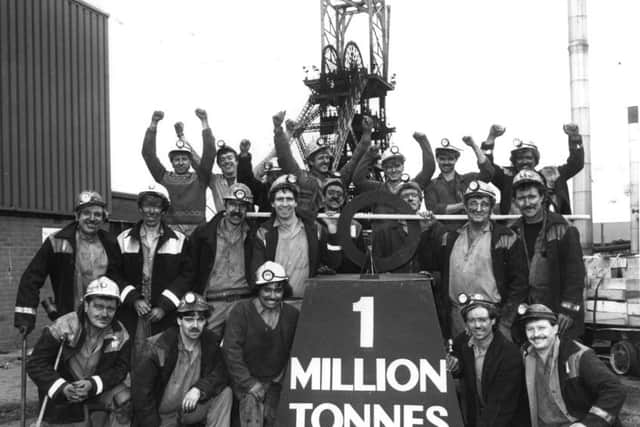

On February 3 1966, a runaway materials train, overloaded with girders and empty mine cars, crashed with considerable force into the rear of a man riding ‘paddy’ train which was carrying 48 day shift men to the coal face. The men had only another 500 yards to go to the end of the journey.
Often during great tragedies, one person or a group of individuals will find strength and courage to help those who are suffering. This was the case at Silverwood Colliery and involved three nursing staff, Sisters Adsetts, Parton and Payne. Two of them went down the mine.
Sister Adsetts, who was on call 24 hours a day, organised medical assistance on the surface before going underground. She said: “When I got to the scene the trucks of the paddy train were piled around and men were all over the place but there was no screaming. Everything seemed quiet.
Advertisement
Hide AdAdvertisement
Hide Ad“Some men were still trapped. One of the men who had his feet amputated was still conscious and cried out when I saw him. He asked for morphine. I lost my helmet lamp on the way down and miners gathered round to train their lamps of the injured. I had to scramble over the wreckage to get to some of the men.” The nurse spent three-and-a-half hours underground and later told reporters: ‘I am nothing out of the ordinary. I was just doing my job.’
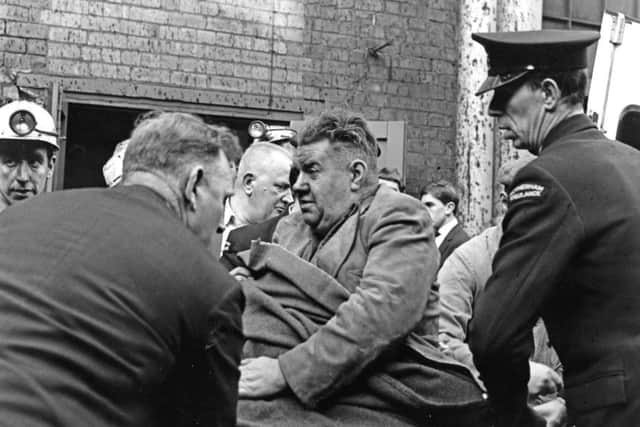

A scathing attack on Silverwood’s transport rules was made by Sheffield & District Coroner Dr H.H. Pilling at a subsequent inquest. He said they should be redrafted ‘in shorter sentences and in simple English’. He continued: “As I read these rules I get the impression that their primary function is to exonerate the management when something goes wrong, rather than instruct the workmen on how to avoid something going wrong.”
On July 1 1966 it was learned that colliery officials would not to make recommendations for individual bravery awards following the disaster. This was announced by Bernard Hemingway, chairman of the Silverwood Joint Committee, who said there was no justification for singling out individuals.
Coun George Moores, a former NUM Secretary at Silverwood, told the committee, perhaps a little insensitively, that although the part played by the Sister was “immediately recognised”, much of the emergency work, including first aid, had been completed before she could have reached the spot.
Advertisement
Hide AdAdvertisement
Hide AdIn January 1969, Coal Board chief Lord Robens praised Silverwood miners who had turned a face at their pit into one of the most successful in the country. The success story started when a high productivity spearhead was installed. To show men its uses a special ‘teach-in’ was arranged. Within weeks, productivity shot up until each shift was producing four times as much coal as before. Lord Robens said: ‘This is one of the most profitable faces in the country, because miners working on it are determined to keep it a winner.’
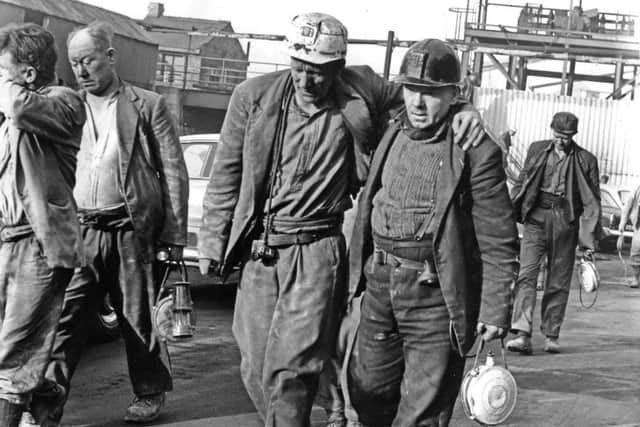

The Queen went down Silverwood Colliery on July 30 1975. She was shadowed by Ivy Foulkes, the colliery’s nursing officer, throughout the 90 minutes spent underground. “I took equipment down in case she fainted or anything else happened but everything went smoothly,” Ivy said. The Queen mined a lump of coal and carried it back to the pit top. In the pit, she unveiled a plaque commemorating her visit, accompanied by the Duke of Edinburgh.
On January 5 1989 Silverwood miners celebrated their fastest ever million tonnes of coal in a year, toasting the milestone in orange juice instead of the traditional champagne as they had to return underground. British Coal said the face worked at Silverwood was reaping rich rewards because the pit was in the black to the tune of £10m.
In March 1992 British Coal announced it was to invest £10,000 at Silverwood. The investment was expected to provide work until well into the 21st century.
Advertisement
Hide AdAdvertisement
Hide AdAt that period, Silverwood employed 790 men; the new Parkgate seam contained 11 million tonnes of high quality reserves; without the new investment the pit would have closed in seven years. In fact, it shut on December 23 1994.
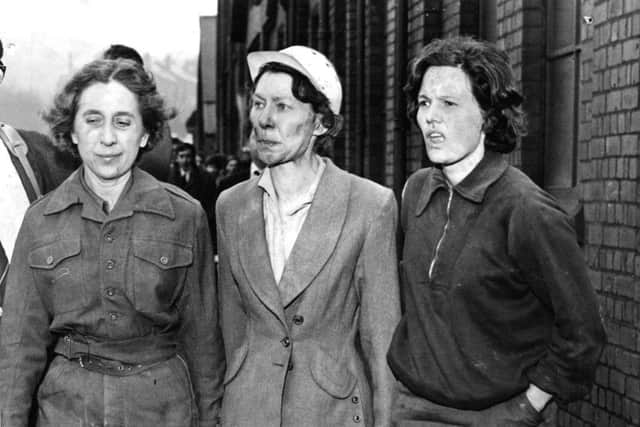

Silverwood miners who had adopted Simply the Best as their theme tune completed their final shift at 1.15pm. NUM Branch Secretary Granville Richardson said: ‘There was a good 15 years life left underground.”
Afterwards, a large coal washing and reclamation project was undertaken at the pit.